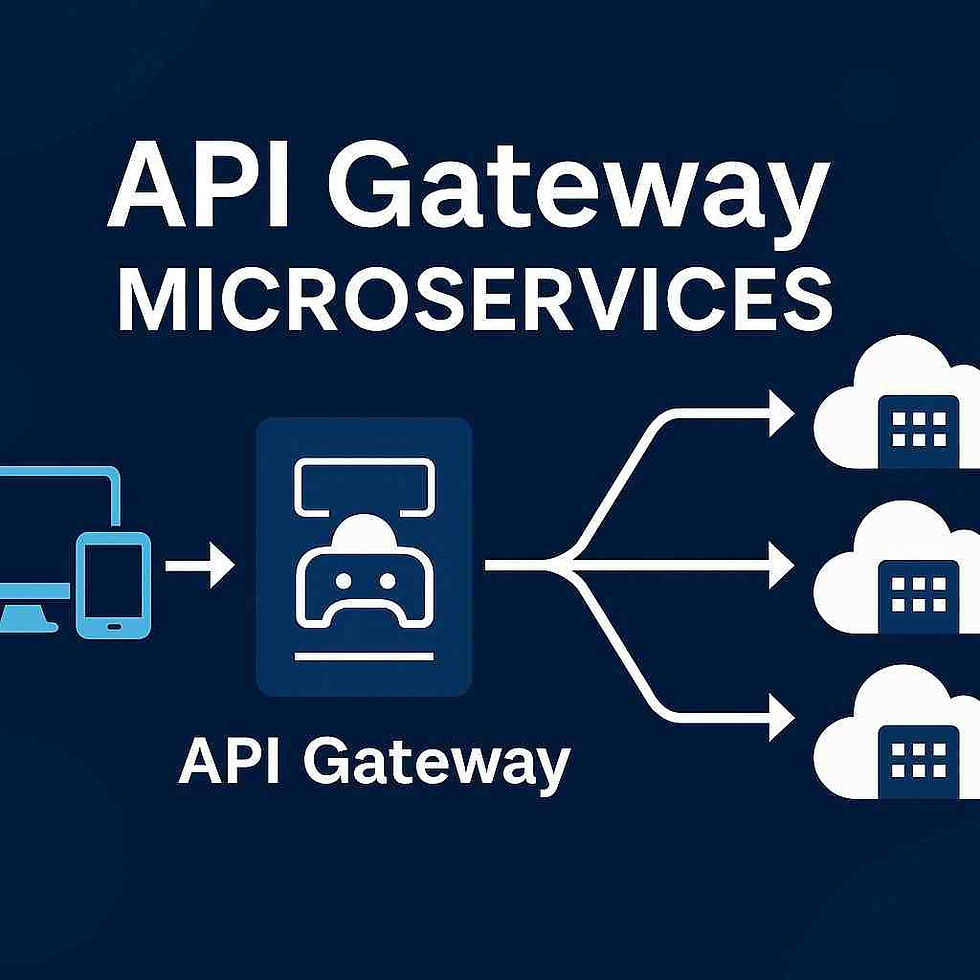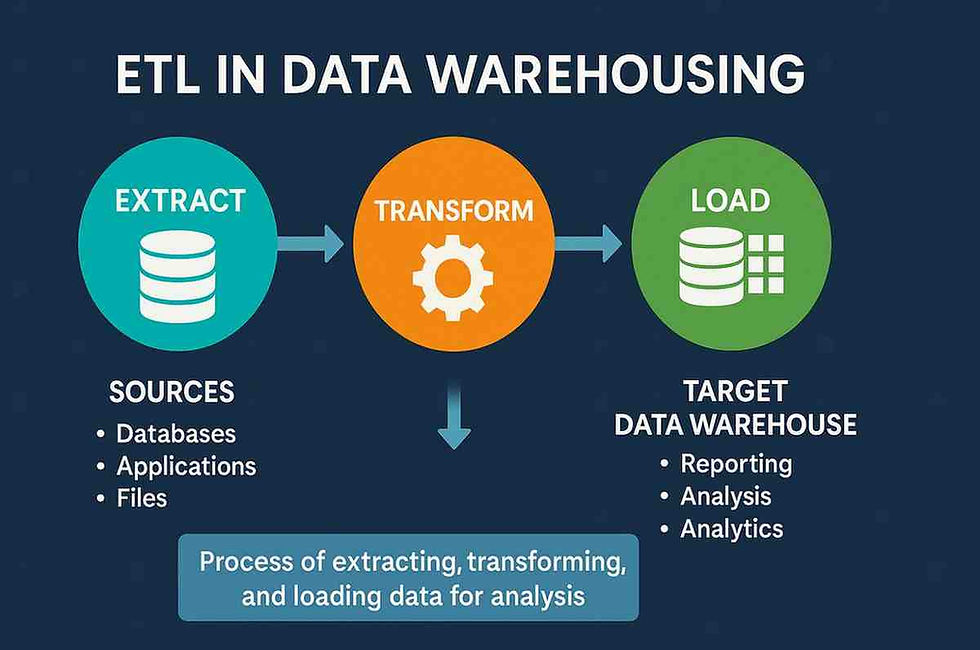Compare XML Files: Expert Guide, Tools & Best Practices 2025
- Gunashree RS
- Jun 26
- 7 min read
Introduction: Why XML Comparison Is Critical in Modern Development
In today's interconnected digital ecosystem, XML (eXtensible Markup Language) serves as the backbone for data exchange across systems, applications, and platforms. The global data integration market is expected to reach $25.69 billion by 2029 at a 14% growth rate, highlighting the increasing importance of accurate data comparison and validation processes.
XML comparison has evolved from a simple file diff operation to a sophisticated process that ensures data integrity, validates system integrations, and maintains configuration consistency across enterprise environments. This comprehensive guide addresses the most critical questions about XML comparison through expert insights, practical tools, and proven methodologies that development teams rely on for successful project delivery.

What Makes XML Comparison Different from Regular File Comparison?
Q: How does XML comparison differ from standard text file comparison?
XML comparison involves understanding the hierarchical structure and semantic meaning of data, unlike simple text comparison that treats files as character sequences. Traditional diff tools compare line-by-line, while XML comparison tools analyze:
Structural Differences: Element hierarchy and nesting relationships
Attribute Variations: Key-value pairs within XML elements
Content Changes: Text content within XML tags
Namespace Handling: XML namespace prefixes and declarations
Formatting Independence: Whitespace and formatting variations that don't affect meaning
Q: What specific challenges do developers face when comparing XML files?
Enterprise developers encounter several unique challenges:
Large File Sizes: Configuration files can exceed several megabytes
Complex Hierarchies: Deeply nested structures with hundreds of elements
Namespace Complexity: Multiple namespaces within a single document
Attribute Order Sensitivity: Different tools handle attribute ordering differently
Performance Requirements: Real-time comparison needs for CI/CD pipelines
According to industry research, XML tools offer visual editing, code generation, and comprehensive validation, making them significantly more user-friendly than manual coding, emphasizing the importance of choosing appropriate comparison tools for different scenarios.
Which Tools and Methods Are Most Effective for XML Comparison?
Q: What are the leading XML comparison tools available today?
The XML comparison landscape offers various solutions for different use cases:
Command-Line Tools:
DiffXML: Free utility specifically designed for XML comparison
XMLStarlet: Comprehensive XML toolkit with comparison capabilities
XMLDiff: Python-based tool for programmatic XML comparison
Online Tools:
XML Compare by LambdaTest: Compare XML files easily with this free online tool. Highlight XML differences quickly for fast analysis
Online Text Compare: FREE two-way XML format, diff, and merge tool. No Signup required. Nothing to install
XLCompare: Compare two XML files online and highlight the diff. Compare XML files with key nodes and attributes
Enterprise Solutions:
DeltaXML: A Reliable XML comparison tool. Find the difference between two XML files and represent the change. Works with all XML. Works with large files
Oxygen XML Developer: Professional IDE with advanced comparison features
XMLSpy: Comprehensive XML development environment with comparison capabilities
Q: How do teams choose the right XML comparison approach for their projects?
The selection criteria depend on several operational factors:
Use Case | Recommended Approach | Key Benefits |
Development Testing | Command-line tools (DiffXML) | Automation-friendly, scriptable |
Quick Ad-hoc Comparisons | Online tools | No installation, immediate results |
Enterprise Integration | Commercial solutions | Advanced features, support |
CI/CD Pipelines | API-based tools | Programmatic integration |
Large File Processing | Desktop applications | Performance optimization |
How Can Teams Implement Automated XML Comparison in Development Workflows?
Q: What are the best practices for integrating XML comparison into CI/CD pipelines?
Successful automation requires strategic implementation across development workflows:
Integration Strategy Components:
Pre-commit Hooks: Validate XML changes before code submission
Build Pipeline Validation: Compare configuration files during builds
Deployment Verification: Ensure correct configuration deployment
Regression Testing: Compare XML outputs across application versions
Implementation Framework:
Phase 1: Tool Setup and Configuration (Week 1)
Install and configure the chosen XML comparison tools
Create standardized comparison scripts
Establish baseline XML files for comparison
Phase 2: Pipeline Integration (Weeks 2-3)
Integrate comparison tools into build scripts
Configure automated reporting and notifications
Set up threshold-based pass/fail criteria
Phase 3: Advanced Automation (Weeks 4-6)
Implement intelligent comparison rules
Add custom validation logic for business rules
Create comprehensive reporting dashboards
Q: How do organizations measure the ROI of automated XML comparison?
The value proposition encompasses multiple operational improvements:
Direct Time Savings:
Manual comparison tasks reduce from hours to minutes
Error detection accelerates by 60-80%
Deployment confidence increases significantly
Quality Improvements:
Configuration drift detection prevents production issues
Consistent validation reduces system integration failures
Automated documentation improves change tracking
Cost Reduction Metrics:
Decreased debugging time for configuration issues
Reduced production incident frequency
Lower maintenance overhead for complex XML structures
Industry data suggests that teams implementing comprehensive XML comparison automation see development velocity improvements of 30-50% for projects involving significant XML configuration management.
What Are the Common Pitfalls and How to Avoid Them?
Q: What mistakes do teams frequently make when implementing XML comparison processes?
Based on industry experience, the most common implementation challenges include:
Technical Pitfalls:
Ignoring Namespace Handling: Different comparison tools handle XML namespaces inconsistently
Overlooking Attribute Order: Some tools are sensitive to attribute ordering, while others ignore it
Performance Optimization Neglect: Large XML files can cause comparison timeouts
False Positive Management: Overly sensitive comparisons flag insignificant differences
Process Issues:
Insufficient Baseline Management: Outdated reference files lead to incorrect comparisons
Poor Error Handling: Inadequate failure recovery in automated processes
Limited Context Awareness: Comparisons without business rule understanding
Documentation Gaps: Missing procedures for comparison result interpretation
Q: How can teams establish robust XML comparison standards?
Successful standardization requires comprehensive planning:
Standard Development Framework:
Element-Level Standards:
Define which XML elements require strict comparison
Establish tolerance levels for numerical data
Create rules for handling optional elements
Attribute Handling Guidelines:
Specify attribute ordering requirements
Define critical vs. non-critical attribute changes
Establish namespace prefix handling rules
Performance Optimization Rules:
Set file size thresholds for different comparison methods
Define timeout limits for automated comparisons
Create strategies for handling large XML documents
Reporting and Documentation Standards:
Standardize comparison result formats
Define escalation procedures for significant differences
Create templates for comparison reports
How Do Modern XML Comparison Tools Handle Complex Enterprise Scenarios?
Q: What advanced features should enterprise teams look for in XML comparison tools?
Enterprise environments require sophisticated capabilities beyond basic file comparison:
Advanced Feature Requirements:
Semantic Comparison Capabilities:
Business rule validation beyond structural comparison
Custom comparison logic for domain-specific XML formats
Integration with schema validation for comprehensive checking
Performance and Scalability Features:
Streaming comparison for large XML files
Parallel processing for batch comparisons
Memory-efficient algorithms for resource-constrained environments
Integration and Automation Support:
REST API access for programmatic integration
Plugin architecture for custom development
Support for multiple input/output formats
Enterprise Management Features:
Role-based access control for comparison operations
Audit trails for compliance requirements
Centralized configuration management
Q: How do teams handle XML comparison in microservices architectures?
Microservices introduce unique XML comparison challenges:
Distributed Comparison Strategies:
Service-Level Validation: Each microservice validates its XML configurations independently
Centralized Comparison Services: Dedicated services handle XML comparison across the architecture
Event-Driven Validation: XML changes trigger comparison workflows automatically
Gateway-Level Monitoring: API gateways perform XML validation for inter-service communication
Implementation Considerations:
Network latency impact on comparison performance
Distributed state management for comparison baselines
Service discovery integration for dynamic comparison targets
Error handling and circuit breaker patterns for comparison failures
FAQ Section
Q: Can XML comparison tools handle very large files efficiently?
Modern enterprise tools use streaming algorithms and memory optimization to handle multi-gigabyte XML files, though performance varies significantly between tools.
Q: How do XML comparison tools handle different character encodings?
Professional XML comparison tools automatically detect and handle various encodings (UTF-8, UTF-16, ISO-8859-1), though some may require explicit encoding specification.
Q: Is it possible to compare XML files with different schemas?
Yes, advanced comparison tools can compare XML files with different schemas by focusing on common elements and attributes while flagging schema-specific differences.
Q: How do comparison tools handle XML comments and processing instructions?
Most tools offer configurable options to include or exclude comments and processing instructions from comparison, depending on use case requirements.
Q: Can XML comparison be integrated with version control systems?
Yes, many XML comparison tools integrate with Git, SVN, and other version control systems to provide specialized XML diff capabilities during code reviews.
Q: What's the difference between syntactic and semantic XML comparison?
Syntactic comparison focuses on structural and textual differences, while semantic comparison understands the meaning and business rules associated with XML content.
Q: How do tools handle XML files with mixed content (text and elements)?
Advanced comparison tools parse mixed content appropriately, comparing both textual content and embedded elements while maintaining proper context.
Q: Are there security considerations when using online XML comparison tools?
Yes, sensitive XML data should not be uploaded to public online tools. Enterprise environments should use on-premises or private cloud solutions for confidential data.
Conclusion
XML comparison has evolved from simple file diffing to sophisticated data validation that ensures system integrity and configuration consistency across enterprise environments. The growth of the data integration market to $25.69 billion by 2029 reflects the increasing importance of robust XML comparison processes in modern development workflows.
Organizations that implement comprehensive XML comparison strategies see significant improvements in deployment confidence, error detection speed, and overall development velocity. The key lies in selecting appropriate tools for specific use cases while establishing standardized processes that scale with organizational growth.
As microservices architectures and cloud-native applications continue proliferating, XML comparison becomes even more critical for maintaining data consistency across distributed systems. Teams that invest in robust comparison frameworks today position themselves for sustained success in tomorrow's increasingly complex development landscapes.
Key Takeaways
• XML comparison differs fundamentally from text comparison by analyzing hierarchical structure, semantic meaning, and namespace relationships rather than simple character sequences
• Tool selection should match use case requirements with command-line tools for automation, online tools for quick comparisons, and enterprise solutions for complex scenarios
• Automation integration delivers measurable ROI with development velocity improvements of 30-50% and error detection acceleration of 60-80%
• Enterprise features are essential for complex environments, including semantic comparison, streaming algorithms, API integration, and role-based access control
• Common pitfalls include namespace handling issues, attribute order sensitivity, performance optimization neglect, and insufficient baseline management
• Standardization requires comprehensive planning covering element-level standards, attribute handling guidelines, performance rules, and reporting procedures
• Microservices architectures introduce unique challenges requiring distributed comparison strategies, centralized services, and event-driven validation approaches
• Security considerations are paramount with sensitive data requiring on-premises or private cloud solutions rather than public online tools
• Modern tools handle complex scenarios, including large files, different schemas, mixed content, and various character encodings through advanced algorithms
• Market growth reflects increasing importance, with the global data integration market expanding at 14% annually, emphasizing XML comparison's critical role




INDOVIP138
indovip138
indovip138
indovip138
indovip138
indovip138
indovip138
indovip138
indovip138
indovip138
indovip138
indovip138
indovip138
indovip138
indovip138
indovip138
indovip138
indovip138
indovip138
indovip138
indovip138
indovip138
indovip138
indovip138
indovip138
indovip138
indovip138
indovip138
indovip138
indovip138
indovip138
indovip138
indovip138
indovip138
indovip138
indovip138
indovip138
indovip138
indovip138
indovip138
indovip138
indovip138
indovip138
indovip138
indovip138
Link INDOVIP138
indovip138
indovip138
indovip138
indovip138
indovip138
indovip138
indovip138
indovip138
indovip138
indovip138
indovip138
indovip138
indovip138
indovip138
indovip138
indovip138
indovip138
indovip138
indovip138
indovip138
indovip138
indovip138
indovip138
indovip138
indovip138
indovip138
indovip138
indovip138
indovip138
indovip138
indovip138
indovip138